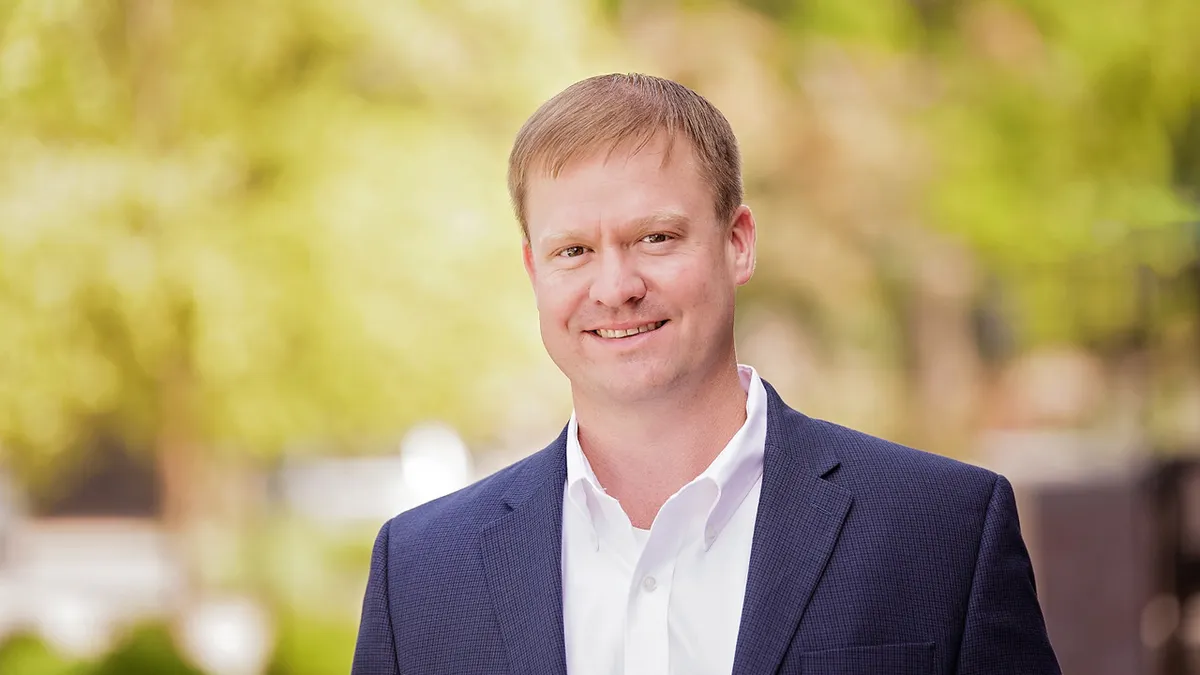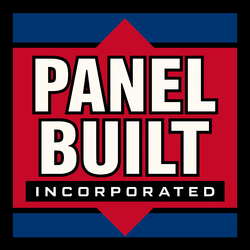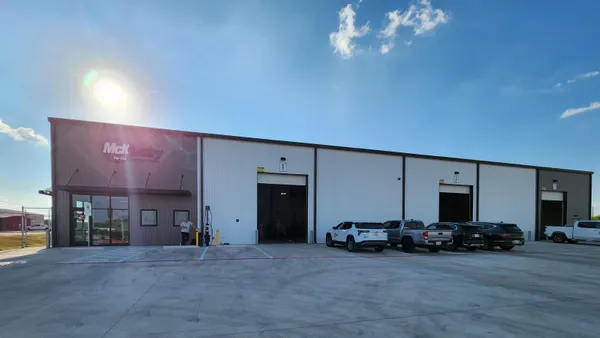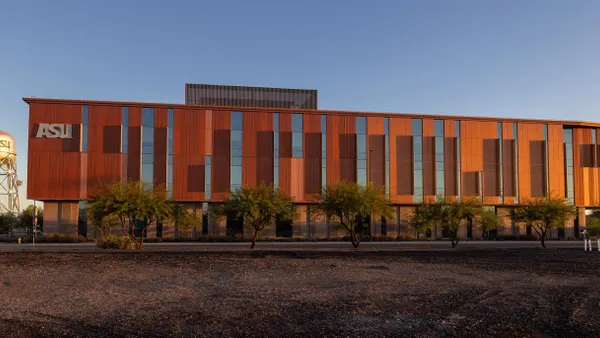A Bentonville, Arkansas-based contractor is scaling up its commercial footprint with a leadership change and plans for continued national growth.
Caddell Construction recently promoted Ricky Byrd to president of its commercial division, a newly created role aimed at supporting the firm’s rapid expansion across the U.S., according to a company news release.
Byrd, who joined the firm in 2017 and previously served as senior vice president according to his LinkedIn profile, has overseen the division’s transformation into a $350 million operation. Under his leadership, the group has opened offices in Atlanta; Phoenix; and Jacksonville, Florida, with projections to reach $450 million in revenue this year, according to the contractor.
The commercial arm focuses on distribution, logistics and mission-critical projects for Fortune 50 clients, as well as K-12 schools in Arkansas, according to the release.
Here, Byrd talks with Construction Dive about Caddell’s growth, its strategy behind selecting new markets and the overall commercial construction landscape.
This interview has been edited for brevity and clarity.
CONSTRUCTION DIVE: Caddell’s commercial division has grown more than 110% over the past three years, according to the company. What key factors helped drive that growth?
RICKY BYRD: There are two main things that have driven our steady growth over the last three years, and they will continue to drive our growth into the future.
First, and most importantly, it’s our people and our commitment to talent development. One way we really stand out is that we don’t take on new work without the right team in place to execute it the way that we expect. We have been committed to growing and developing talent to ensure we can serve our clients' needs.
Secondly, we focus on clients with long-term repeat business, so we can grow teams around them to become an integral partner in their business. Client-based teams are extremely beneficial for our customers and for our workforce.
You’ve opened several new offices recently. What do you look for when choosing to expand?
This is really just an extension of the two things I talked about above. We focus on going to locations where our clients need us — that’s really the impetus more than growing our book of business in a particular area. Office locations are meant to be talent hubs and are truly an expansion of our people rather than an expansion of our footprint.
Larger metro areas have more talent available, so they serve us well in that way. Additional locations also increase the chances of growing our clientele in that area for the future, but the decision is based on best serving our existing clients and growing our talent to do that well.
What is the sentiment around construction activity for the sectors Caddell specializes in, namely distribution and logistics?
All of these areas in the industry are experiencing growth, and that growth should continue, especially in the mission-critical sector.
We continue to grow and develop our teams around our clients in order to grow with them. Executing and doing a great job will help our clients achieve their goals.
Our clients are building many types of buildings, and those needs will change as their business evolves. We strive to be a great partner and earn their repeat business.
What are your goals for the company and are there any other trends in construction you’re keeping tabs on?
We intend to open a new office and talent hub by the end of 2025. Another goal is to achieve sustainable year-over-year growth with our current clientele as our client-based teams earn repeat business. We continually strive to be an industry leader in safety and quality.
One thing we’ve seen lately is that clients in mission-critical environments are trying to increase the amount of prefabrication in their buildings to offset the strain on skilled labor.
Another trend is the use of artificial intelligence in construction, which has the potential to change the industry. There are severe labor strains in the market that drive costs up. AI has the potential to drive more efficiencies and reduce cost in the future. We need to stay in front of this trend and take advantage of it when it makes sense.















